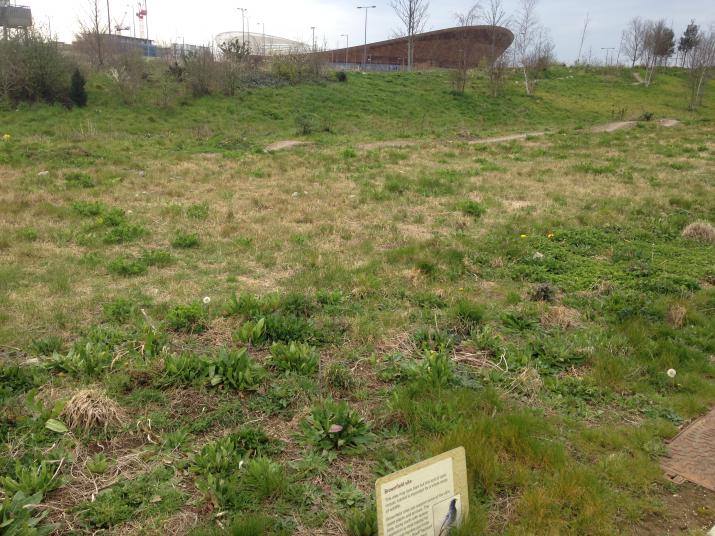
I stumbled across a thought provoking document, written collaboratively by an urban ecologist and a cultural geographer of nature, Franklin Ginn (University of Bristol) and Robert A Francis (King’s College London). Here are some nuggets of wisdom that I thought particularly worth sharing.
The draft chapter can be found online here and the final version as a chapter in a book called Sustainable London? The future of a global city, published by Policy Press in 2014.
- The idea of “Ecological Memory”, in that every place is unique and formed from an assemblage of species and environment determined by local and historical conditions, so much so that re-creation of this habitat somewhere else is often problematic as each site is intrinsically different.
- The issue around “ecosystem services” in that other forms of human-nature relationships go beyond being “served”. For example, “friends of” groups who look after small patches of land across a city are not aiming to enhance the services that nature provides, they do so for a variety of reasons, from tradition, political or spiritual expression, aesthetic beauty, or “connection to place”.
- Recognising the imperative to live with our non-human kin for their sake as well as our own.
- Recognising that understanding species interactions and biogeochemical processes at the landscape scale is important for ensuring appropriate and on-going functioning of ecosystems (Turner, 1989; 2005).
- Habitat size and connectivity is crucial for allowing species to survive in the city long-term. Cities that have developed piecemeal over a long time have limited scope to increase the size of individual green spaces. Thus the focus is on improving connectivity between green spaces and improving the quality of habitat within green spaces as this is most achievable.
- To be wary when we talk about connectivity as this can be anthropocentric, focusing on structure rather than function "Just because it appears connected to us, doesn’t mean it is connected for species and materials".
- It is difficult to create a corridor that will suit a wide range of species, particularly when other functions are also intended. E.g. a green corridor along a railway may be an obvious planning ‘solution’, but benefit will vary according to which organisms are being considered, as well as corridor characteristics.
- The concept of "green space saturation" - cities should have all-kinds of green spaces (of different shapes, sizes and forms) within the very fabric of the streetscape, rather than the city be merely punctuated by public parks.
- Green space saturation offers potential to move beyond top-down planning interventions and towards a cross-cultural -cross-interventional approach to making cities greener, whereby every city dweller has a role to play.
- The idea of a shifting habitat mosaic, (e.g. Wimberly, 2006), allowing greater dynamism within existing green space. Allowing land to regenerate spontaneously would be contrary to the current attitude but would enable species to colonise freely without control and could exceed expectations of ecological improvement.
Authors:
Franklin Ginn, Lecturer in Historical and Cultural Geography, School of Geographical Sciences, University of Bristol, University Road, Clifton, Bristol, BS8 1SS, franklin.ginn@bristol.ac.uk
Robert A Francis, Senior Lecturer in Ecology, Department of Geography, King's College London, Strand Campus, London WC2R 2LS, robert.francis@kcl.ac.uk
Summary from Rob Imrie and Loretta Lees, eds (2014) Sustainable London? The future of a global city, Bristol: Policy Press
Draft chapter can be downloaded from here.
Selected References:
Greater London Assembly. (2012). Green infrastructure and open environments: the All London Green Grid: supplementary planning guidance, London: GLA.
Turner, M. G. (1989) ‘Landscape ecology: the effect of pattern on process’, Annual Review of Ecology and Systematics, vol 20, pp 171-197.
merely
Turner, M. G. (2005) ‘Landscape ecology: what is the state of the science?’, Annual Review of Ecology, Evolution and Systematics, vol 36, pp 319-344.
Wimberly, W. C. (2006) ‘Species dynamics in disturbed landscapes: When does a shifting habitat mosaic enhance connectivity?’, Landscape Ecology, vol 21, no 1, pp 35-46.